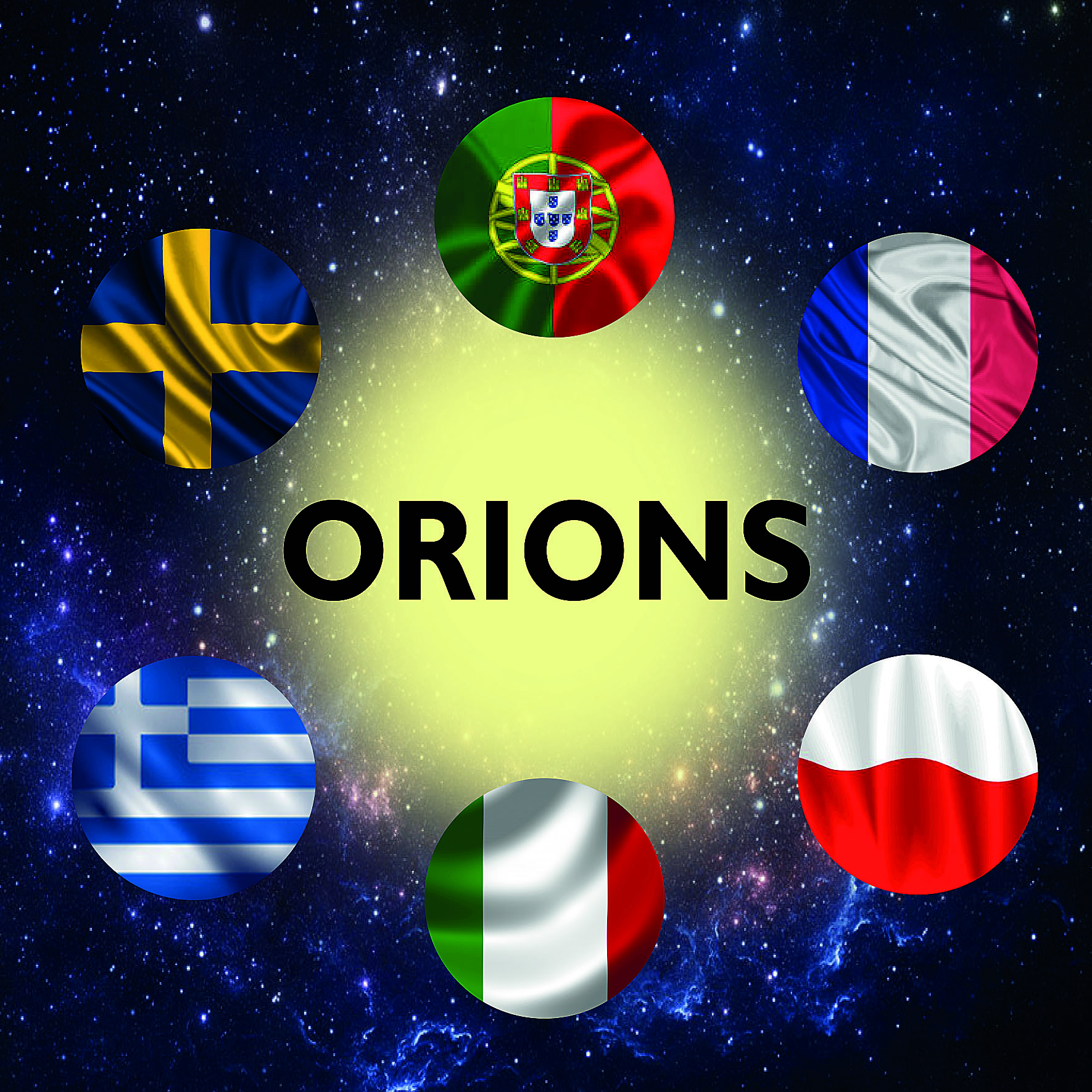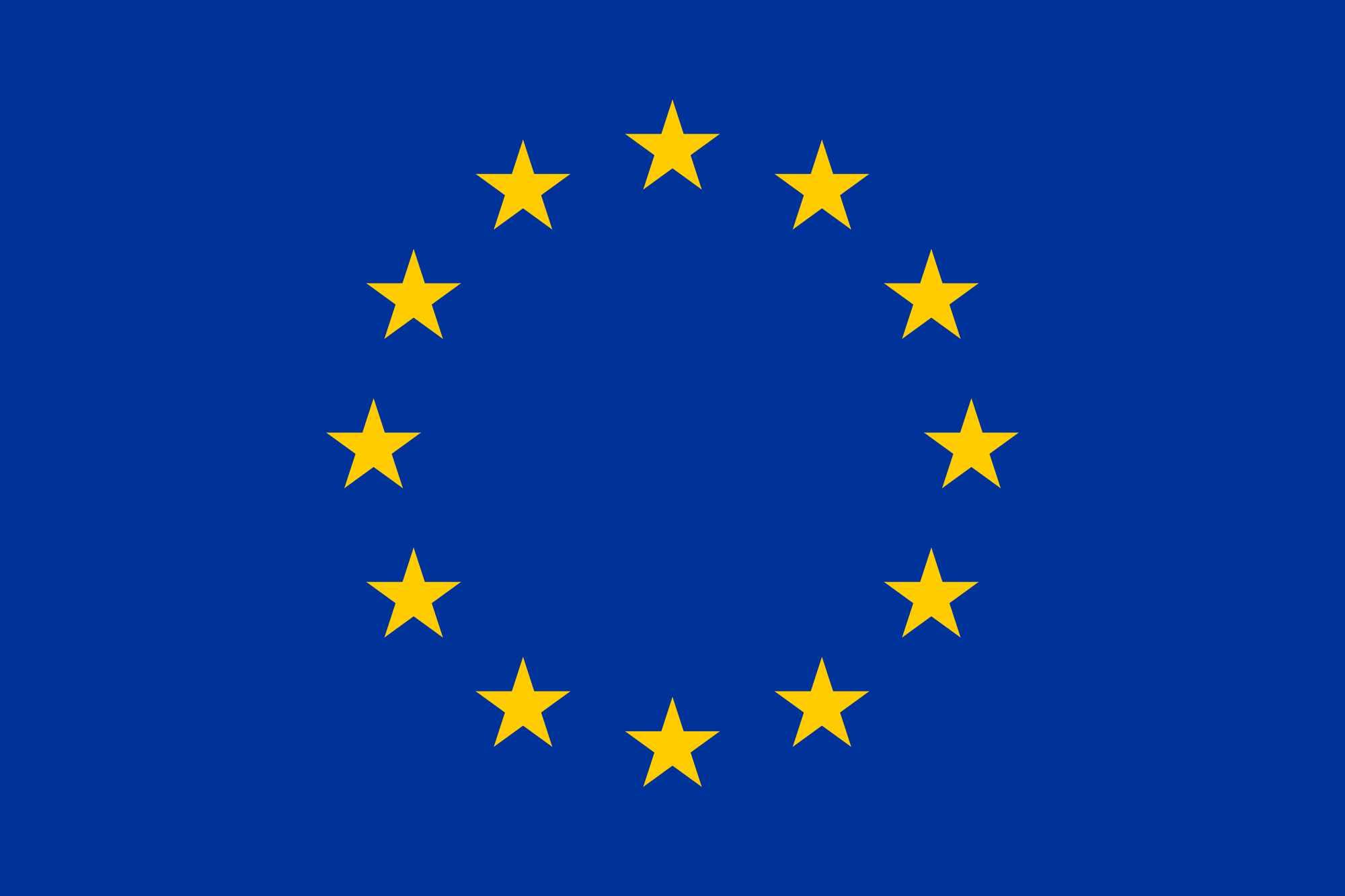



ERASMUS PLUS- ORIONS- Entry Test
PHYSICS
1-If we observe that a body is not subject to forces accelerates, what should we conclude?
a-that the system of reference in which we are, is inertial
b-that the system of reference in which we are, is not inertial
c-that the system of reference in which we are, is approaching the Sun
d-that the system of reference in which we are, is moving away from the Sun
2-If you see a balloon still in the air, it is fair to say that:
a-It does not act any force on it
b-It acts only the wind force on it that keeps it raised from the ground
c-more forces acting on it but their resultant is zero
d- It is a not a physical situation possible
3-A train travelling in a curve with a speed v ⃗ subjected to a centripetal force Fc. At a certain point, it reduces to 1/3 its speed. What is the new value of the centripetal force?
a-Fc / 3
b-3fc
c-9Fc
d-Fc / 9
4-Two metal balls of different weight are moving on a horizontal plane towards each other, with different speed. Neglecting any external force and assuming their elastic collision, which of the following statements is correct?
a- in the collision the total kinetic energy and the total momentum are conserved
b--in the collision the total kinetic energy is conserved, but not the total momentum
c-it is conserved in the collision the total momentum, but part of the kinetic energy is dissipated
d-the impact modification is both on the total kinetic energy and in the total momentum
5-The angular momentum of the Earth calculated and compared to the center of the Sun is:
a- Greater to aphelion than at perihelion
b-Lower to aphelion than at perihelion
c-constant all along the orbit
d-equal aphelion and perihelion, but changes in all other points of the orbit
6-The period of a satellite on a circular orbit is:
a-directly proportional to the square root of the cube of the radius of the orbit
b-inversely proportional to the square root of the cube of the radius of the orbit
c-directly proportional to the cube root of the square of the radius of the orbit
d-inversely proportional to the cube root of the square of the radius of the orbit
7-The radiation heat is transmitted through
a-photons
b-electromagnetic waves
c-by contact between the bodies that are at different temperatures
d- solar waves